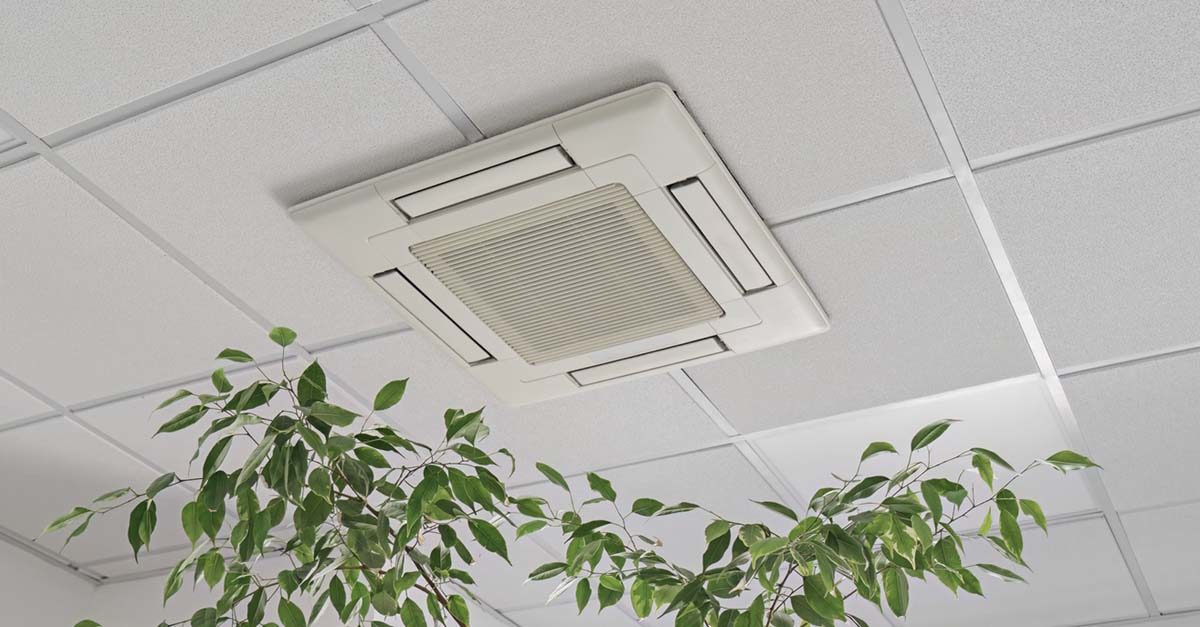According to the U.S. Environmental Protection Agency (EPA), Americans, on average, spend approximately 90% of their time indoors, where the concentrations of some pollutants are often two to five times higher than typical outdoor concentrations. Even the smallest issue with indoor air quality can create large-scale health challenges. Negative air quality can trigger allergic reactions, asthma, and a variety of other health issues. As service providers seek to provide the most accurate testing results for their customers, it’s important to understand the difference between traditional methods and the latest indoor air quality testing technology.
Bioaerosols’ negative impact
Although indoor air quality covers a multitude of parameters, including temperature/humidity, chemical off-gassing, dust levels, and invisible hazards like radon, the negative impact of bioaerosols on occupant health is a critical subset of contaminants. Bioaerosols—biological aerosols—are a subcategory of particles released into the air, both inside and outside of structures. They consist of living and nonliving components of biological sources (animals, fungi, pollen, bacteria, mold, and viruses).
Generally, the dilution effect of the wind keeps bioaerosols outside buildings below harmful levels. In contrast, when bioaerosols build up inside, they can result in dangerous concentrations of microbial pathogens, endotoxins, and allergens.
Measuring air mold spore levels
To identify water and fungal-damaged buildings, indoor air quality professionals generally inspect for visible indicators of water intrusion and fungal growth. Additionally, inspectors often utilize a variety of sampling methods to assist with their evaluation of the structure. For the last two decades, spore trap style samples, available from a variety of manufacturers, have been the predominant sampling methodology for such projects.
Mold levels for spore trap were established based on the belief that the indoor air mold spore level should be corrected to the level of naturally occurring mold spores in the outside environment. There’s little if any scientific evidence to support this approach—and some real reasons why it might be inaccurate. In practice, the differential between indoor spore counts and outdoor spore counts shows the efficiency of the HVAC system in excluding exterior populations of spores. The indoor and outdoor spore levels often change at vastly different rates and can be out of sync with each other.
Using modern technology for better accuracy
To obtain the most accurate results, it’s important for service providers to choose a device with the ability to evaluate an additional range of contaminants that cannot currently be identified using spore trap samples. An accurate indoor air quality test will detect the ultra-fine air particles that go deep into the lungs and can cause serious health complications.
Traditional testing methods measure only large particles. In contrast to most particulate sampling systems, an electrokinetic particle capture process leads to the collection of more overall particles than traditional filter or adhesive-based sampling systems, with the added benefit of the capturing much smaller particles than traditional sampling systems.
By using the latest technology available for indoor air quality, service providers can ensure that testing results capture well-defined particles, bringing peace of mind to their customers.



